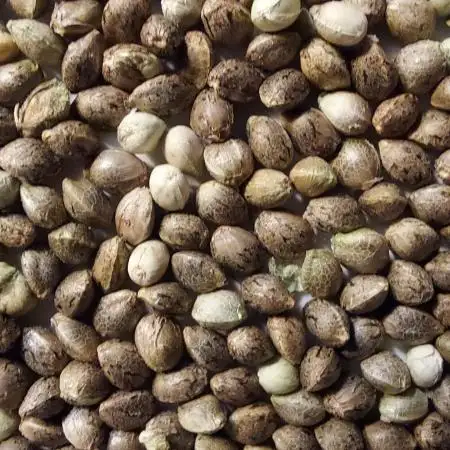The Grow Awards 2026 🏆
from a pot to the garden, indoor seeds?
ActionJoshstarted grow question 1y ago
Hello Grow Mies Does any of you transplant a plant (indoor) to the garden and does it make sense at all and are there any chances that such a plant will survive because nothing can replace Mother Nature, thank you in advance for your opinions and tips👽
Open
likes
Answer
Organomananswered grow question 1y ago
Of course it will survive, plants are outdoors, it is indoors that is artificial.
Unless you have pre-prepared the garden bed some weeks ago with compost /manures etc, transplanting them into large pots with quality soil might be the best option.
You may have to "harden off" the plants if you live in an area experiencing strong sunshine all day, but if it is going to be cloudy for the next 7-10 days, the plants should adapt without any issues.
Starting seedligs indooors then placing them outside once the weather is ok, is a common technique when growing cannabis.
You are right, growing outdoors with sunshine and in a natural environment does produce superior flowers in my opinion.
There is just something special in sunlight that no electric light can replicate, no matter how fancy or expensive!
1 like
Complain
Hashyanswered grow question 1y ago
My rule is once a plant has been outside it stays outside. Due to bringing pest indoors.
2 likes
Complain
00110001001001111Oanswered grow question 1y ago
This is a bit ambigiously structured question, so i'll cover both directions.
It's definitely possible, but usualyl need some sort of transition from artificial lights and moving to the intensity of the sun - which is hitting the plant from all angles and not just from above, with no attenuation due to distance from sun as you have with distance from a light fixture. i.e. a 10 or even 50' plant gets the same intensity of light at the top as it gets at the bottom, unlike indoor plants.
Anyway, these differences result in different needs regarding density of chloroplasts. It will need to adapt to the sun light, and it most certainly can.
if it is droopy when you put it in the light, it may need some shade and then expose to more light each day until it can handle it wihout wilting.
if it is going inside, which the 2nd half of the question seems to intimate in conflict with the first half, similar adaptation will occur, but you shouldn't have to do anything. It'll slowly develop greater concentrations of chloroplasts due to less light hitting the plant per day. It's easier to go inside than out. Growth is inevitably slower as the plant is geared to absorbing the sun vs a much weaker artificial light - it protects itself from the sun but needs greater density of chloroplasts under the grow light than before. Other issues to look for would be infestations or pathogens that you may bring in with the plant - especially if you have other plants inside.
Things that'll verify what isaid -- you bring it outside and it wilts within an hour or two or less of direct sunlight, while the pot is properly irrigated and no other reason for doing so. Light damage on leaves will form - depending on severity this can progress differently but typically get some paling between veins before it becomes necrotic (won't heal at that point).
bringing it inside will probably just have limited growth until it adapts to the light.
1 like
Complain





